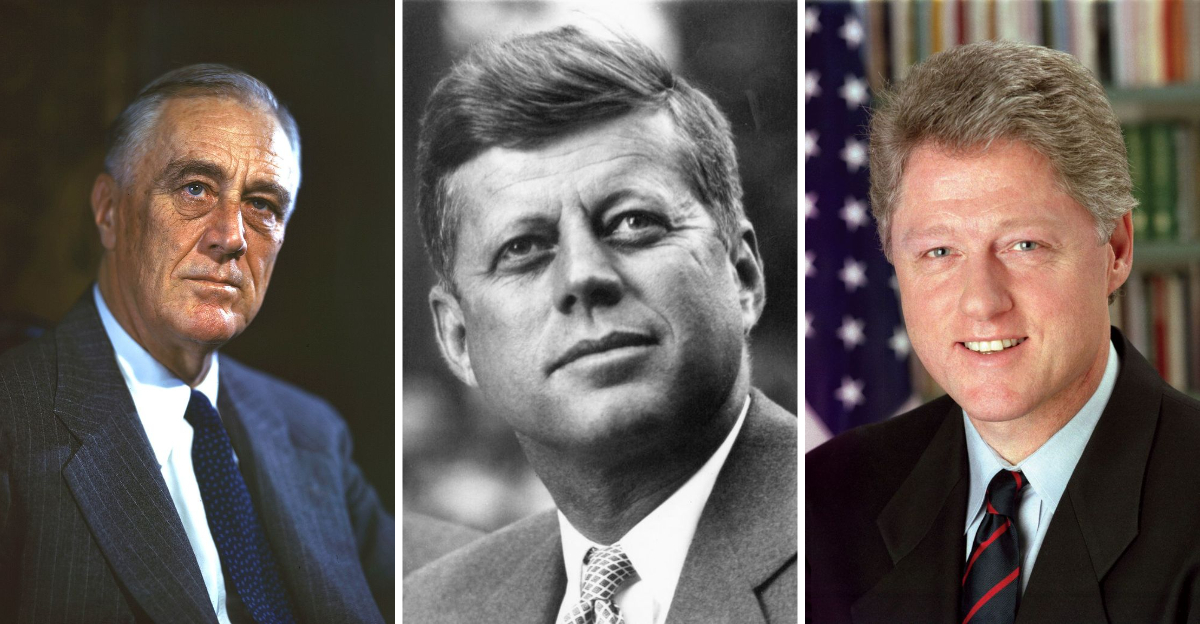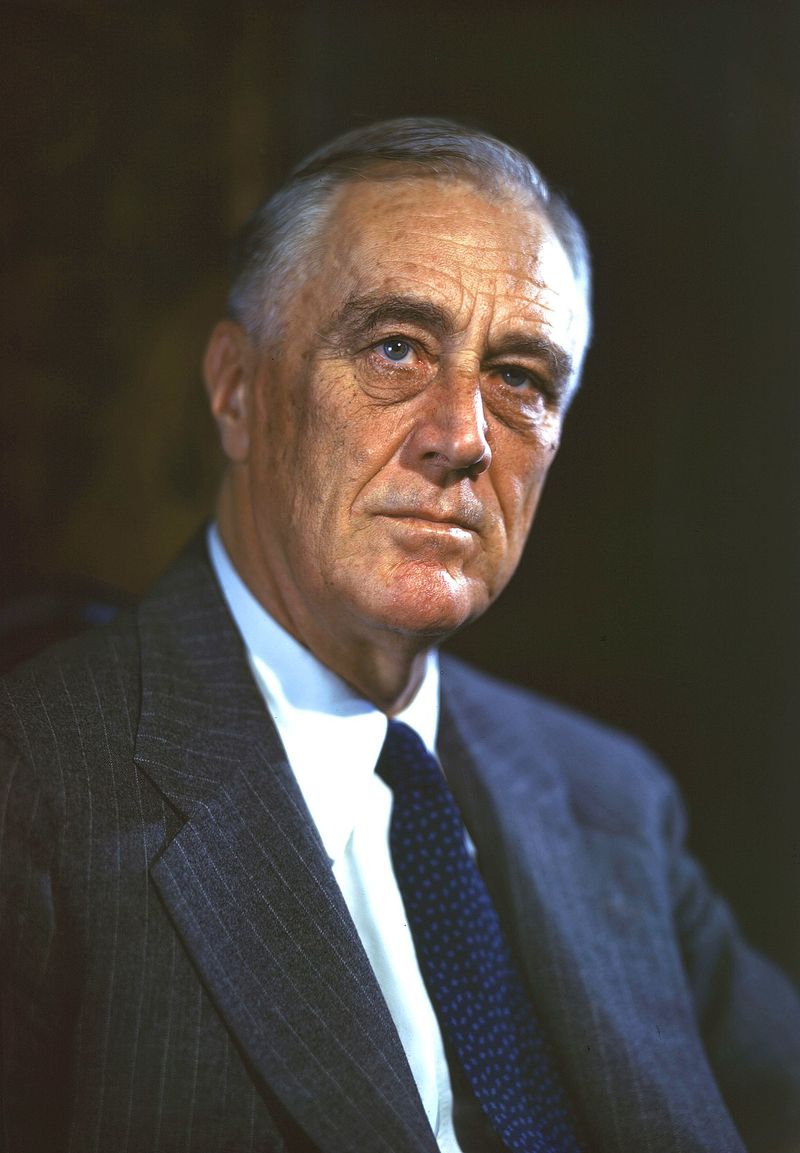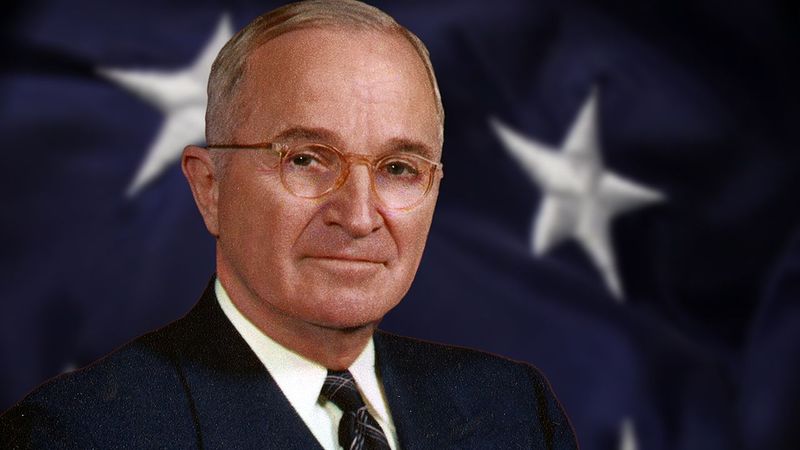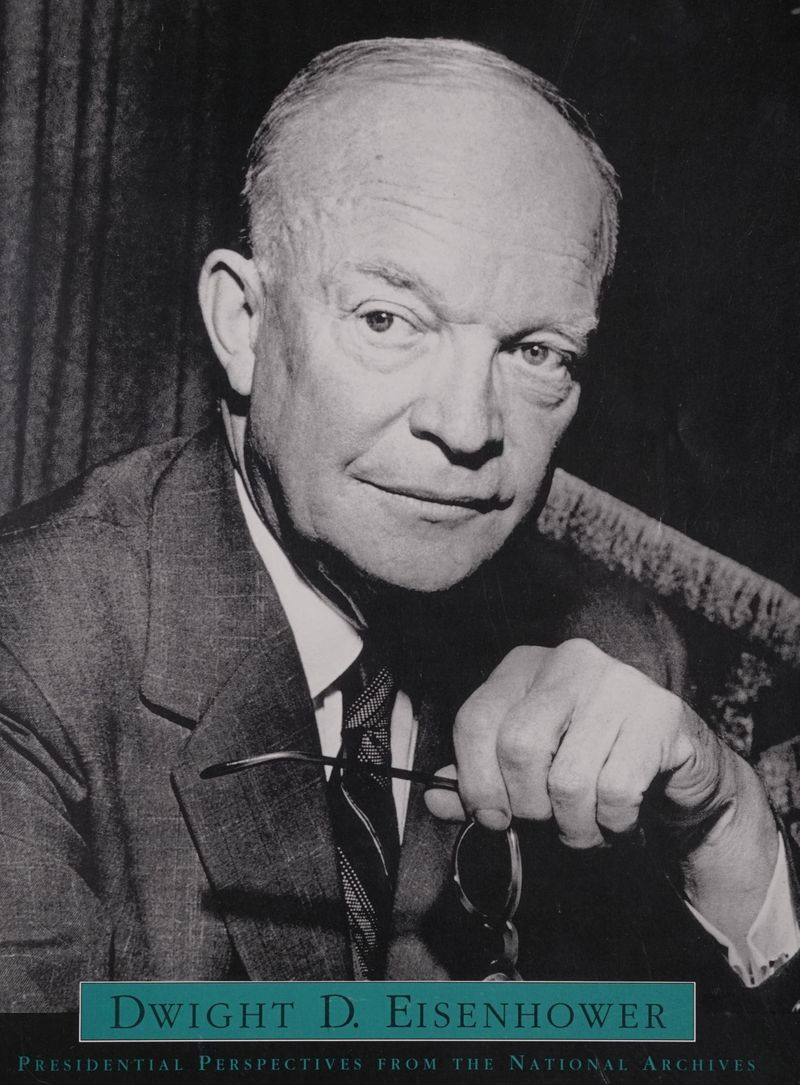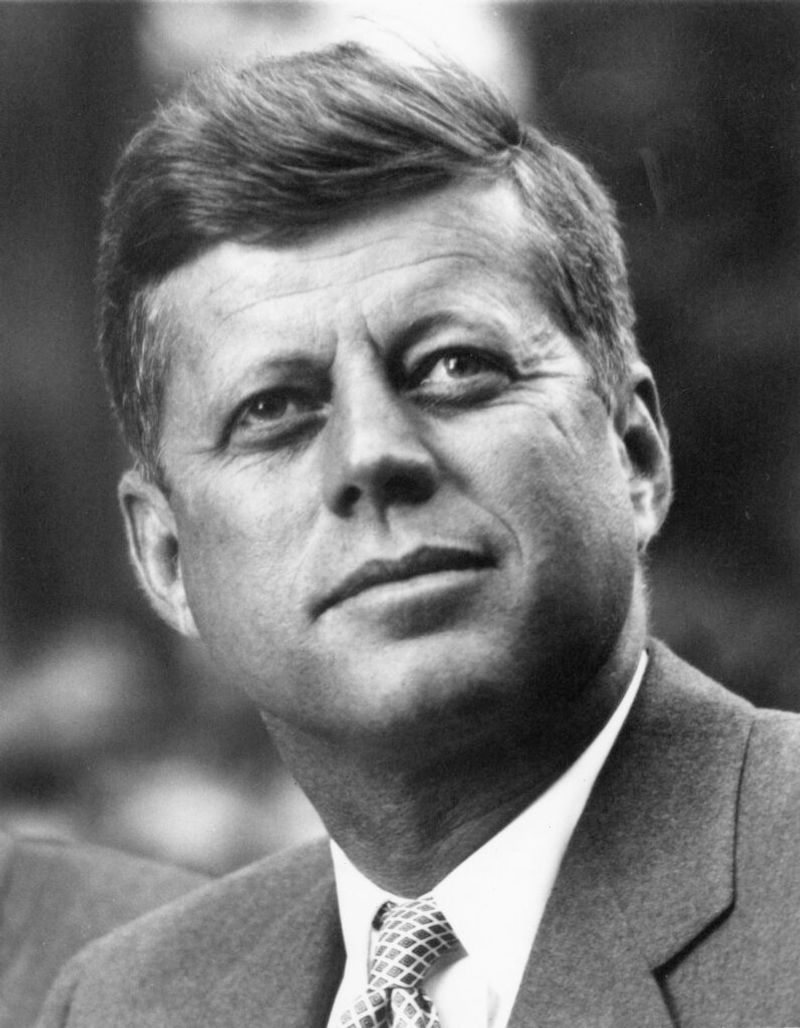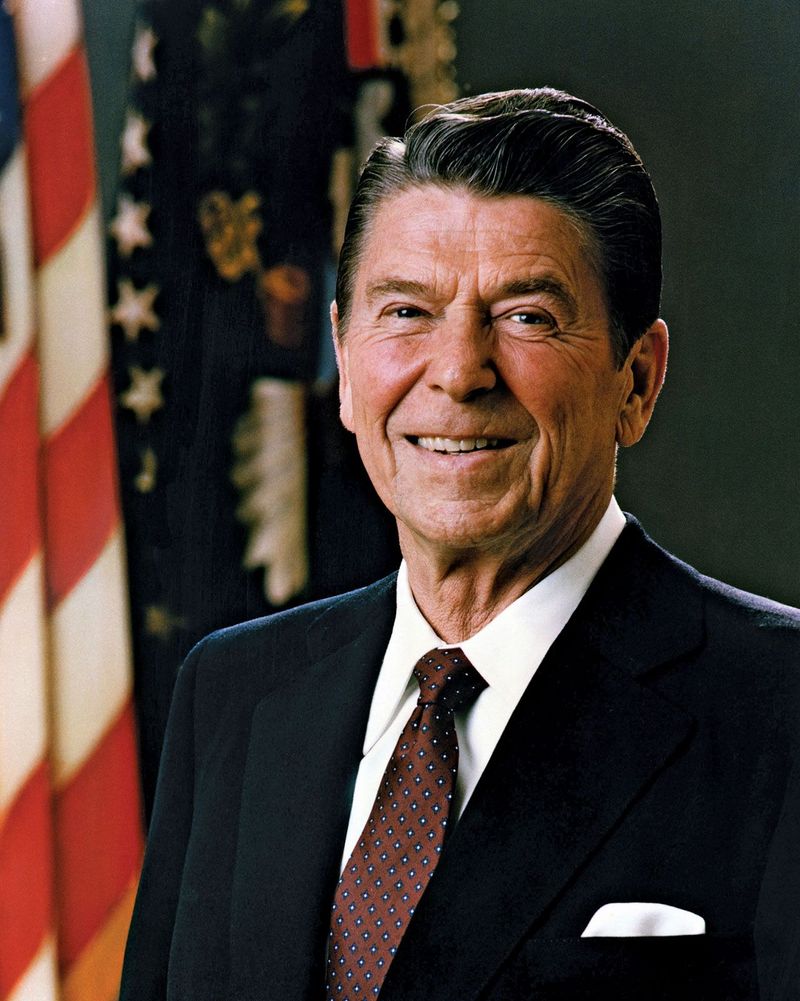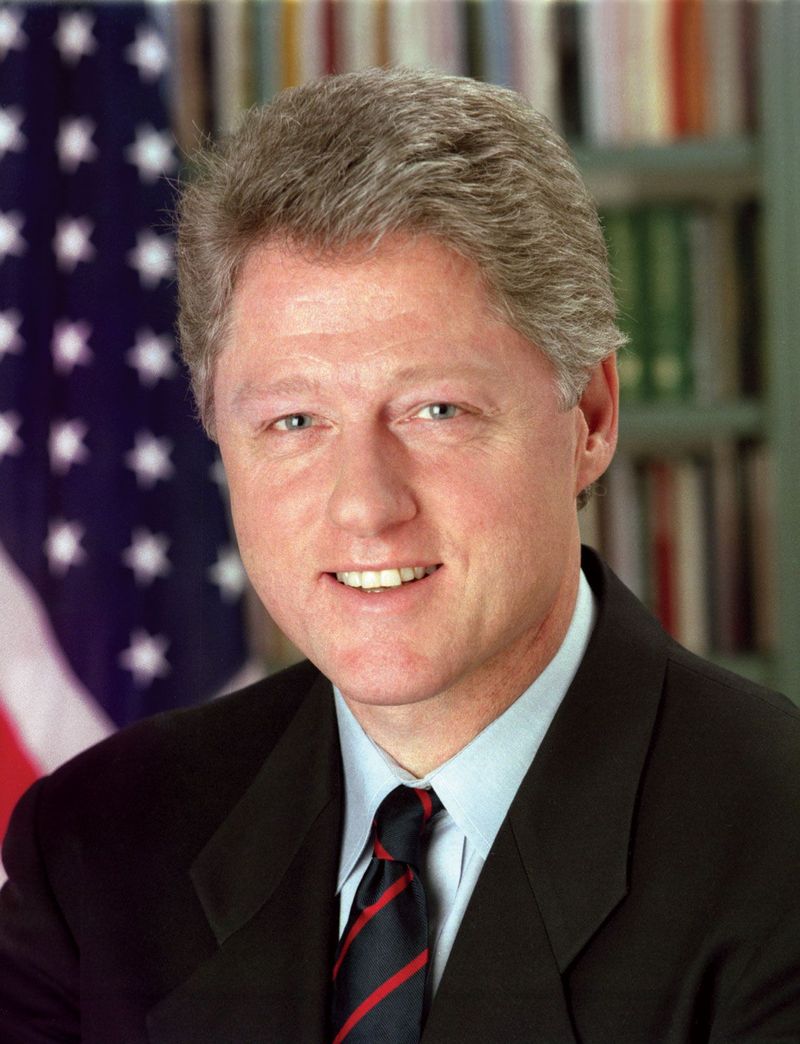The role of past U.S. presidents in shaping economic policies has been pivotal in bolstering the middle class. Economists often evaluate the impact of presidential tenures based on how policies have improved the living standards for the middle class.
In this feature, we explore seven former presidents whose economic strategies have garnered praise for their positive influence on the middle class. From combating inflation to spurring employment, these leaders have left enduring legacies.
1. Franklin D. Roosevelt
Franklin D. Roosevelt’s presidency during the Great Depression saw transformative changes that benefited the middle class. He introduced the New Deal, a series of programs aimed at revitalizing the economy and providing jobs for millions of Americans.
The Social Security Act of 1935 was a cornerstone of his efforts, ensuring financial security for retirees and the unemployed. Roosevelt’s leadership during trying times helped stabilize the middle class, creating a more equitable economic landscape.
His vision and policies laid the groundwork for future social safety nets, echoing through generations as a model for economic recovery.
2. Harry S. Truman
Harry S. Truman took office in the aftermath of World War II and was pivotal in transitioning the U.S. economy to peacetime prosperity. His Fair Deal proposed measures to enhance housing, education, and employment opportunities for the middle class.
Truman was instrumental in advancing civil rights and implementing the GI Bill, which provided education benefits to returning veterans. These initiatives enabled many to enter the middle class through education and home ownership.
His commitment to economic equality and opportunity played a crucial role in strengthening the American middle class during a critical period.
3. Dwight D. Eisenhower
Dwight D. Eisenhower’s presidency is noted for substantial infrastructure projects that bolstered the middle class. The Interstate Highway System, one of his significant achievements, facilitated commerce and travel, boosting local economies.
Eisenhower also focused on balancing the federal budget and reducing government debt, contributing to economic stability. His policies encouraged consumer spending and business investment, enhancing middle-class prosperity.
Through a mix of economic conservatism and strategic investments, Eisenhower created an environment conducive to growth and opportunity for middle-class Americans.
4. John F. Kennedy
John F. Kennedy’s administration focused on economic growth and technological advancement, benefiting the middle class. His New Frontier initiatives aimed at spurring innovation and bolstering the economy through science and education.
Tax reforms introduced under Kennedy sought to stimulate economic expansion, increasing disposable income for the middle class. His emphasis on education and research laid the foundation for future economic resilience.
Kennedy’s forward-thinking approach to economic policy helped position the middle class as a pivotal force in America’s prosperity and national development.
5. Lyndon B. Johnson
Lyndon B. Johnson’s presidency was marked by ambitious social programs under the Great Society initiative, which sought to eliminate poverty and racial injustice. These programs significantly impacted middle-class welfare.
The Civil Rights Act and Medicare were key components, providing healthcare to the elderly and enforcing equal treatment, lifting many into the middle class. Johnson’s educational reforms expanded access to college education, bolstering socioeconomic mobility.
His policies promoted equity and opportunity, making strides toward a more inclusive and economically robust middle-class society.
6. Ronald Reagan
Ronald Reagan’s economic policies in the 1980s, known as Reaganomics, aimed to stimulate growth and enhance middle-class prosperity through tax cuts and deregulation. These measures were designed to increase disposable income and spur economic activity.
Reagan’s approach focused on reducing government intervention, which he believed would lead to a more dynamic and self-regulating economy. His policies contributed to economic expansion and job creation.
Reagan’s tenure remains a pivotal moment for the middle class, as it reshaped the economic landscape and influenced future economic strategies.
7. Bill Clinton
Bill Clinton’s presidency in the 1990s is often credited with economic prosperity and technological advancements that benefited the middle class. His focus on fiscal responsibility and welfare reform aimed to balance the budget and reduce national debt.
Clinton championed globalization and technological integration, which provided new opportunities for the middle class in emerging industries. His administration’s policies encouraged innovation and enhanced competitiveness.
Clinton’s leadership during a period of economic transformation helped solidify middle-class stability, emphasizing education and skill development as pathways to success.
